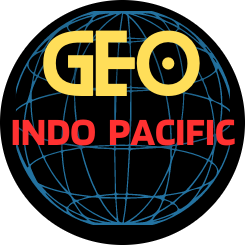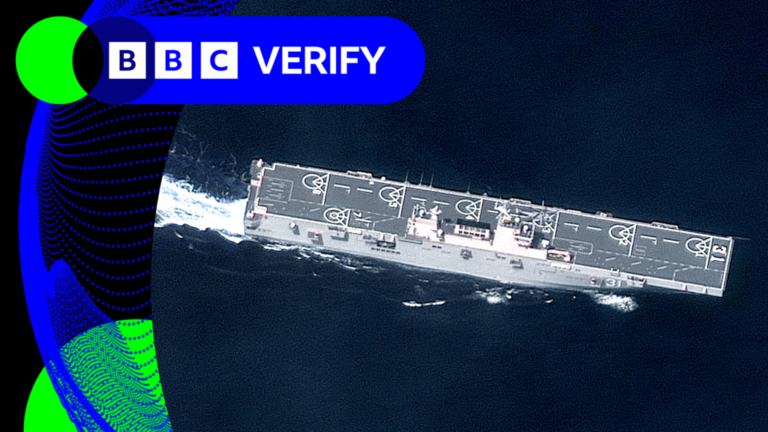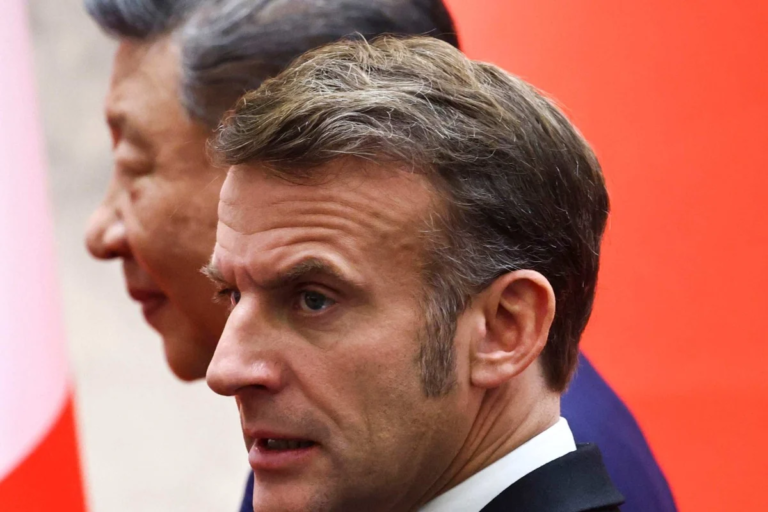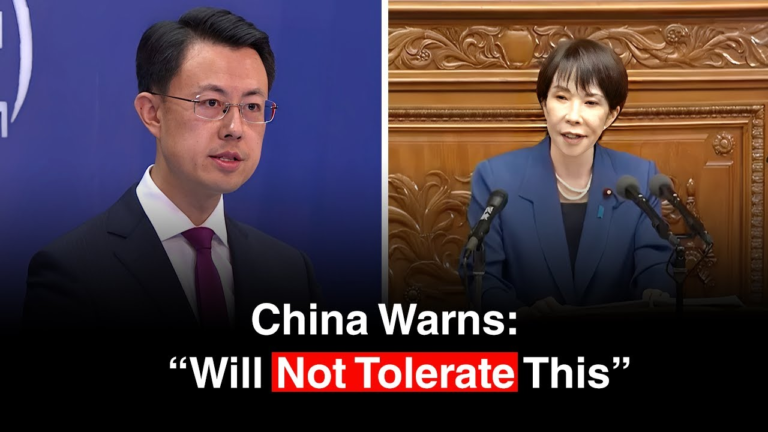
Japan and South Korea have lodged formal protests to China over structures it has placed in disputed waters, including floating platforms with oil drilling equipment.
Beijing arbitrarily claims jurisdiction in the East China Sea where its exclusive economic zone (EEZ) overlaps with Japan’s. China also deployed platforms in waters where Chinese and South Korean EEZs overlap in the Yellow Sea, called the West Sea in Korea, without consulting Seoul’s government.
The approach is reminiscent of Beijing’s overreach in the South China Sea. China claims most of the vital waterway, disregarding the 2016 arbitral court ruling that invalidated its assertions of “historical rights.” Chinese Communist Party General Secretary Xi Jinping ignored international law to establish military outposts on artificial islands that Beijing built in the contested South China Sea. Experts said Xi could have similar expansionist goals for the East China and Yellow seas.
“Concerns that the platforms may be dual-use are not unfounded, given China’s track record in the South China Sea, where what were originally weather stations later developed into major military outposts,” Center for Strategic and International Studies (CSIS) analysts wrote about the Yellow Sea structures.
Neither Japan nor South Korea has agreed on maritime boundaries with China. Tokyo has suggested recognizing the median line between the two countries as their border, but Beijing claims economic development rights closer to Japan’s Okinawa island, the Bloomberg news agency reported.
EEZ boundary talks continue between Beijing and Seoul, though with little progress. The countries agreed in 2001 not to build permanent structures in the part of the Yellow Sea where the Chinese platforms are now located. China also has insisted that South Korea “refrain from conducting any operations west of the 124th meridian east — an arbitrary demarcation that slices into South Korean waters without legal basis under international law,” Asia Institute analyst Dr. Lakhvinder Singh wrote for The Diplomat magazine.
The latest East China Sea structure, the 20th of its kind in a natural gas field west of the China-Japan median line, could drain oil and gas from both countries’ basins, Japan has said. Beijing and Tokyo agreed in 2008 to codevelop the area’s gas fields, although talks stalled over maritime boundaries. China’s latest construction coincides with its increasing coast guard patrols around the uninhabited, Japan-administered Senkaku Islands, which are near key shipping lanes and rich in fisheries and potential oil and gas reserves.
Tokyo, which is significantly increasing defense spending to deter China’s military ambitions, has said it “will act firmly and calmly to handle China’s challenges concerning the Senkaku Islands, working in collaboration with the [United States] and other concerned countries.”
In the Yellow Sea, China’s three structures include two aquaculture cages and a converted offshore oil rig that acts as a management platform, according to CSIS. China has said the equipment supports an aquatic farm and has refused requests to remove the structures. The China Coast Guard also blocked a South Korean research vessel when it approached for a survey and declared temporary no-sail zones to conduct aircraft carrier exercises in the area.
Seoul reciprocated with its own monitoring platform to guard against Beijing’s effort to normalize its presence and assert de facto control over the contested area — a gray-zone tactic China has employed elsewhere. South Korea’s parliamentary agriculture maritime affairs committee also urged lawmakers to devise countermeasures and passed a resolution condemning China’s actions.





